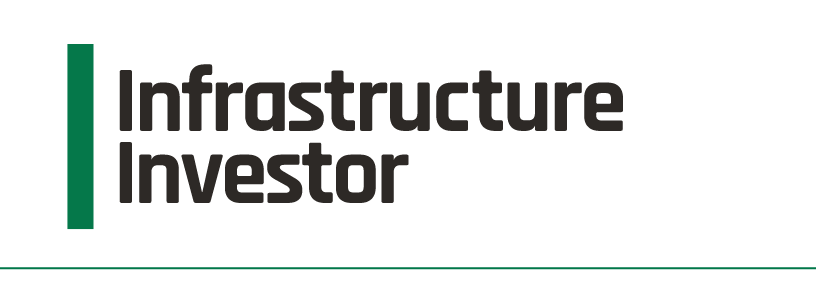OTPP: Throwing out the rule book
OTPP has been under-allocated for most of the 15 years it has been investing in infrastructure – until now. Infrastructure chief Andrew Claerhout tells us how the pension got creative, opened itself up to new sectors and geographies, and acquired the skills to become a serious developer of greenfield assets.





